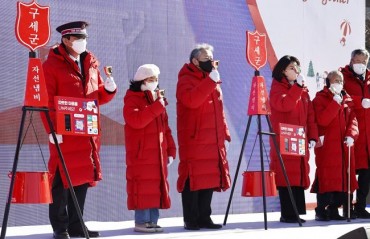
In the past 30 years, the number of children born to each family in Korea has decreased by half. (Image courtesy of Yonhap News)
SEOUL, Sept. 18 (Korea Bizwire) – In the past 30 years, the number of children born to each family in Korea has decreased by half, and the number of people living alone has more than doubled in the past 20 years, according to a recent report.
On Sunday, the Ministry of Health and Welfare announced the release of the “Social Security in Statistics 2022″ report, which provides important data about societal changes. This report covers 14 different areas grouped into four categories: family and life stages, work and financial security, life and social services, and social finances. It presents significant social trends and how they have changed over time using 167 key indicators, including child health, youth employment, income support, and housing safety.
Looking at the key statistics, last year’s public spending on social programs (known as Public Social Expenditure or SOCX) amounted to 14.8 percent of the country’s Gross Domestic Product (GDP). This is higher than in 2017 when it was 10.1 percent. However, it is still lower than the average of other OECD countries, which is 21.1 percent. Among these expenditures, healthcare accounts for the largest portion at 35.3 percent, followed by support for the elderly at 23.4 percent, and family support at 10.7 percent.
The number of people living alone has continued to rise, nearly tripling from 2.25 million in 2000 to a total of 7.17 million in 2021. These individuals now make up more than a third (33.4 percent) of all households, compared to just 15.5 percent in 2000. Among these single-person households, 25.2 percent are headed by men and 49.8 percent by women.
In 2021, the average number of children born per family, known as the total fertility rate, was 0.81. This is less than half of what it was 30 years ago in 1991 when it stood at 1.71. By region, Seoul had the lowest fertility rate at 0.63, while Sejong had the highest at 1.28.
M. H. Lee (mhlee@koreabizwire.com)






